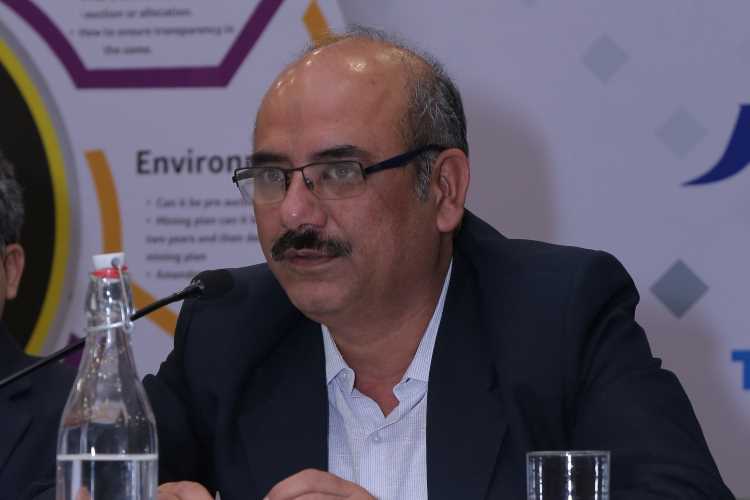
India’s mining industry is undergoing a transition. The efforts to bring transparency in allocation has shifted to revenue maximisation. There are issues of clarity, consistency and certainty in policy sphere and the tax regime is confusing with multitude of taxes and levies. Pankaj Satija, chief of regulatory affairs at Tata Steel Ltd, explains the crisis in the mining industry in an exclusive interview with Monica Bachchan. Edited excerpts:
What are the reasons for the pessimism in the mining industry?
There are several positives in the mining sector. The government has brought about some positive changes in the mining industry. It has introduced star rating for sustainable development framework and mines surveillance system. Now district authorities are trying to use DMF funds to protect or restore abandoned mines. Industry is looking to use abandoned mines for storage of slime and rejects from other mines. There is a growing awareness about the importance of responsible mining and the civil society is active.
While the efforts to maximise, returns seem to hurt the companies that are bidding aggressively in the ongoing auctions, these companies may have their own calculations about profitability and regulation. Look at the way raw material prices have increased. In 1947, the price of iron ore was around $7 per tonne. In 2002, it was $20-22 a tonne and it remained flat till the advent of the steel boom sparked by the Beijing Olympics in 2008. Ore prices shot up to $180 and more. We need to have a long-term perspective on raw material prices.
READ: A holistic mining policy can boost growth, employment generation: Experts
Bidders are trying to create operational efficiencies by introducing technologies such as slurry pipelines and pipe conveyors to cut logistic costs. But the royalty rates for mines post auction must come down to ensure profitability of operations. There are questions like why do you need to pay royalties when you are already paying a huge premium at auctions. We should shift towards a single payment for mines. There are fears that iron ore will follow the limestone and bauxite way where there is hardly any seller and mining is mostly done by the end user. Mechanism of average sale price holds the key and it will unfold in future.
Are captive miners doing selective mining?
Captive mine is mining for your own consumption. The debate should be on scientific and sustainable mining vs unsustainable mining. Tata Steel has been mining for the last 95 years. Both merchant and captive mining can coexist and both are needed for the Indian mineral industry. Both captive and merchant mine should work for a greater mining cause.
READ: Towards an Indian century: Policy imperatives for mining
What are the changes needed in mining?
We need certainty, clarity and consistency for the mining industry to prosper. There should be certainty and clarity on policies and costs. The industry also requires consistency in government policies to keep the mining operations profitable. Many times, we see one step forward and two backwards. We need consistency in approach among multiple regulators of the central and state governments.
Section 21(5) is a nightmare for mining companies. You are treating smaller deviations as illegal mining. There is no clarity on penal interest rates that are as high as 24%. Penal proceedings should be concluded faster.
The government must take a relook at auctions and see if this is the only way to ensure transparency. It should simplify tax regime by removing multiple taxes like royalty, DMF, NMET and the auction premium, all applicable together. It should also look at penalties at par with those in other sectors. All regulators should sit at one place to create standard operating procedures for the industry.
